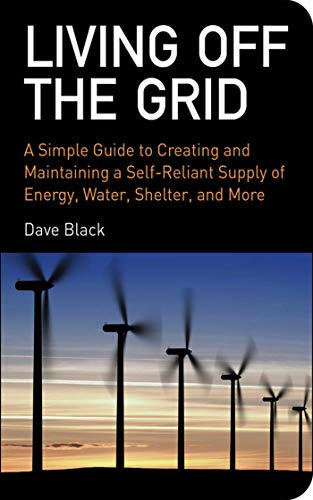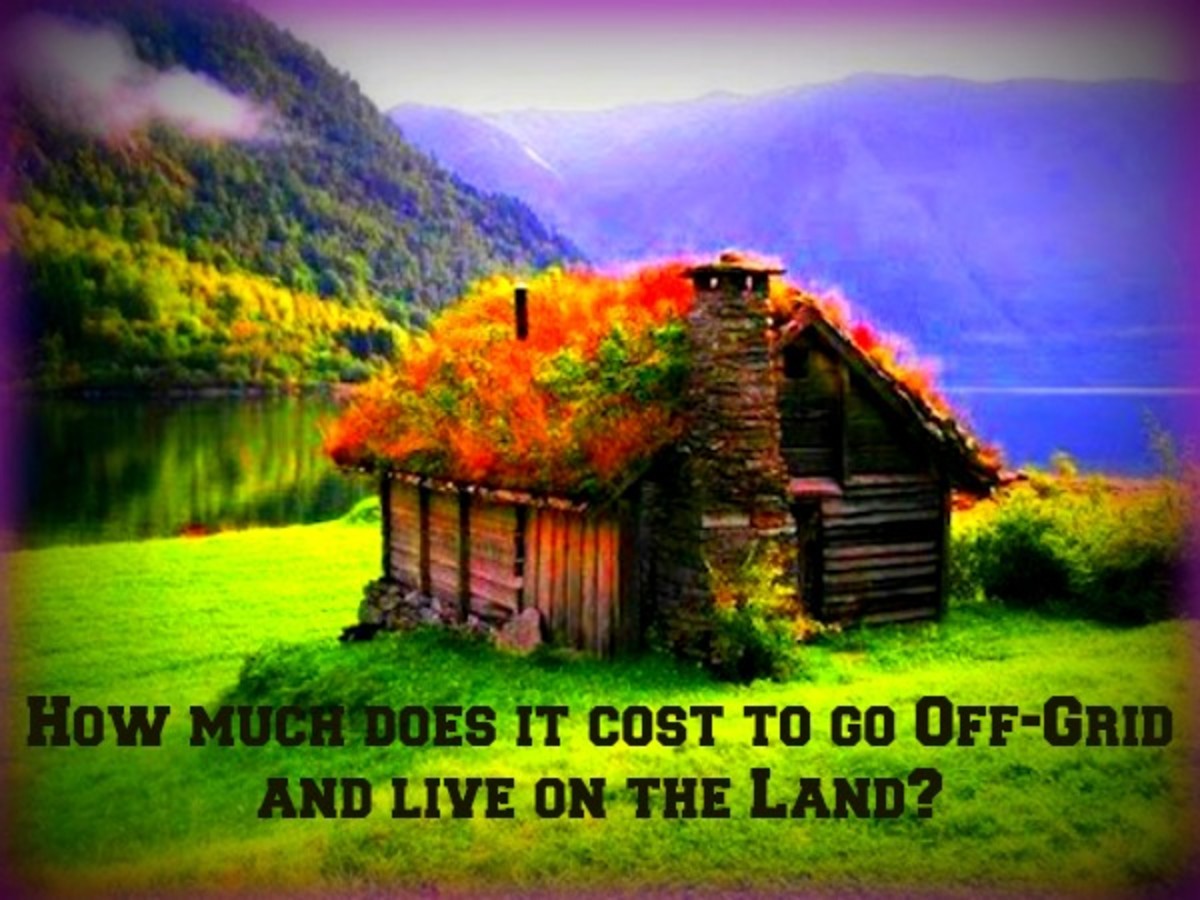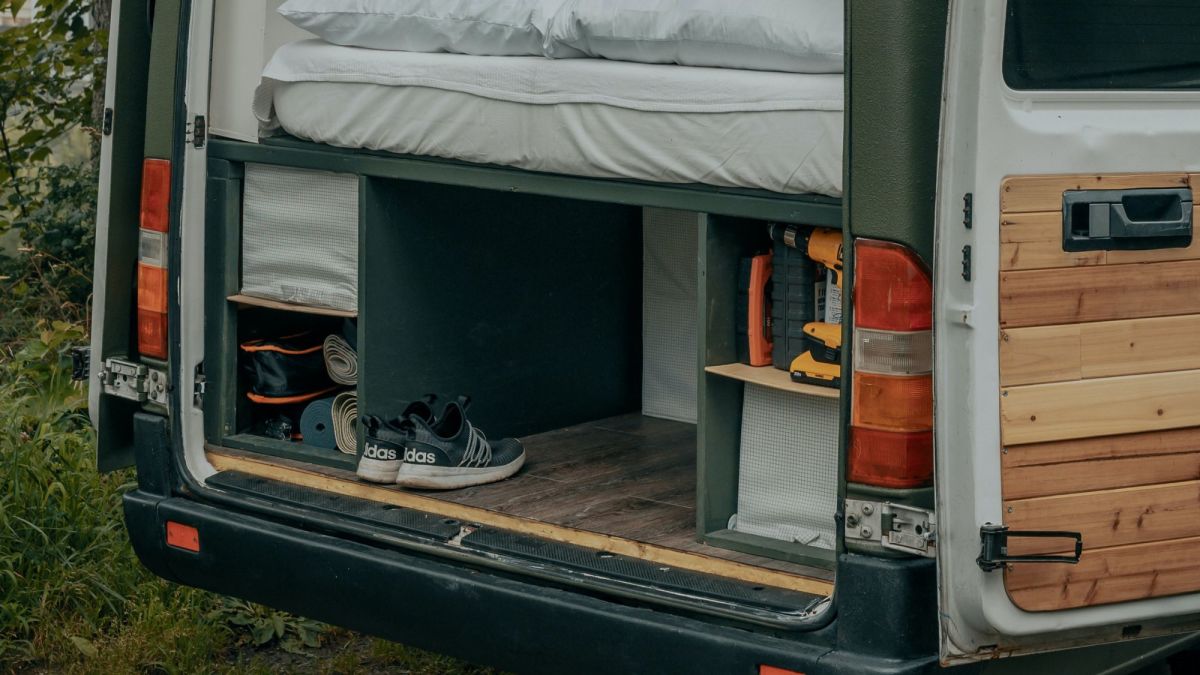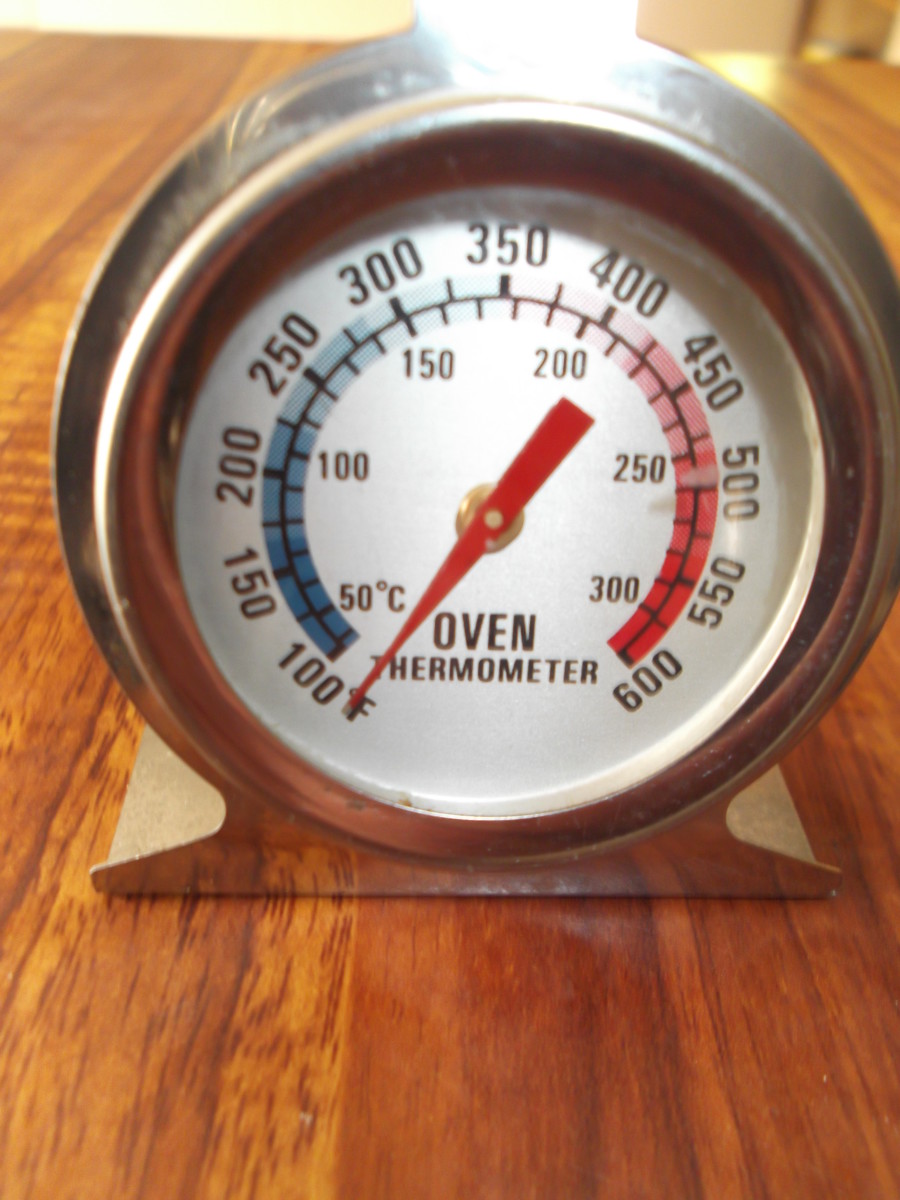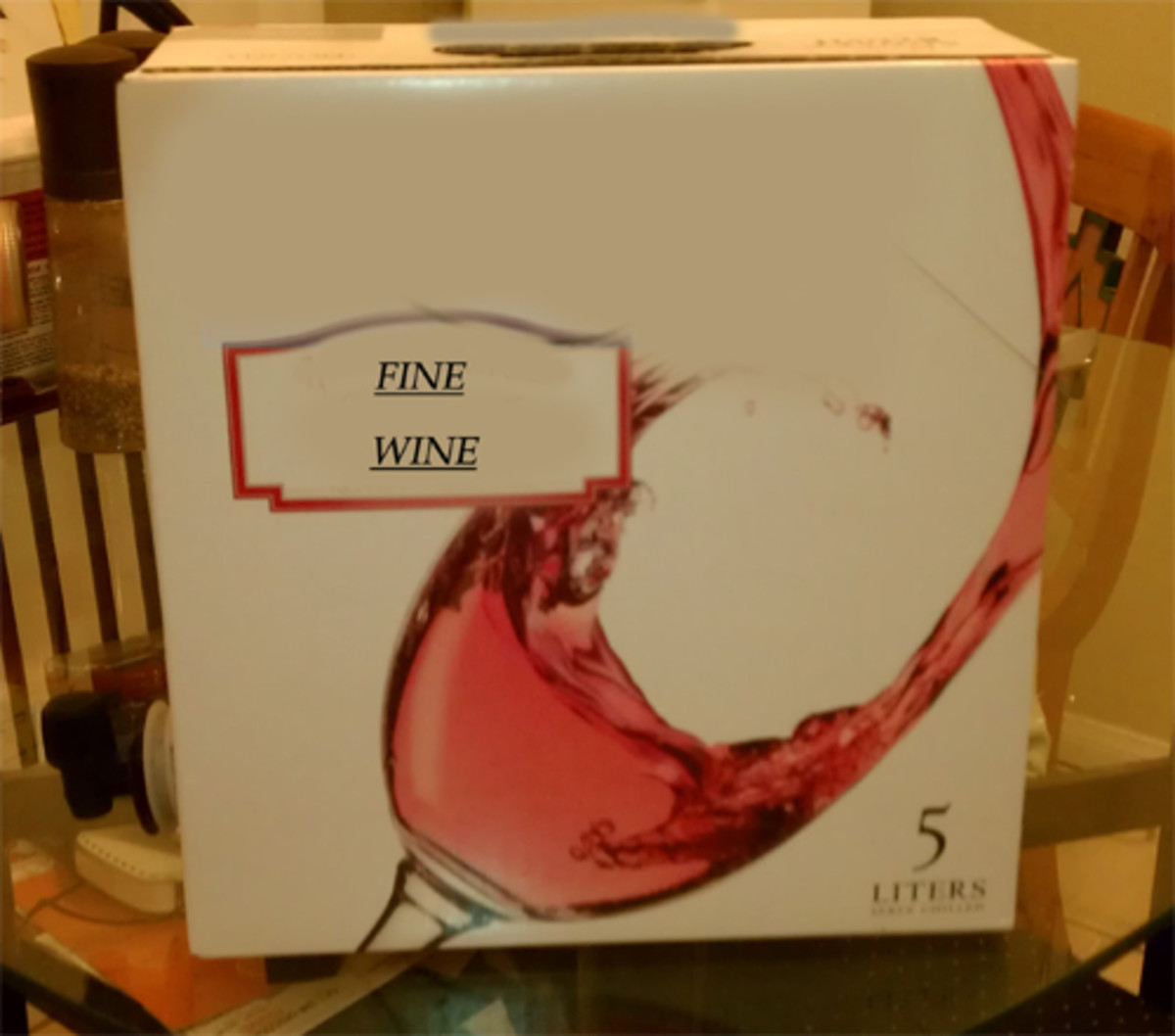Off the Grid: Healthy, Secure and Sustainable Living
Chester's Country House Hide Out
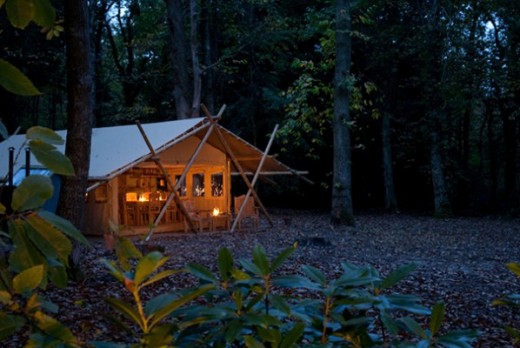
Maybe you are ready for a lifestyle change? Tired of the urban jungle, paying utility bills, desire adventure or more sustainable solutions? Whether you are thinking of owning your own safe get away, an emergency refuge, a recreational property or desire to make a different lifestyle choice into more natural living, there are plenty of practical options that are more affordable than ever before. From the remote west coast islands and across the country, a trend of people young, mature and retired have made the transition to off the grid living in Canada.
Bewarned, off the grid living offers freedoms and tons of fun but is work, an investment, a learning experience and a hands on labour of love. Living in the city on the grid, many of us are realizing we are very dependent upon convenient services that are however; expensive, trapping and wasteful. Bound to city utilities, services and crowding, our home runs with little attention and we pay big time for this consistency and maintenance. It is an expensive system designed to make us totally reliant on infrastructure, corporations and money but also separates us from our independence, participation and the healthy benefits of nature.
Some people think that living off the grid involves being a hippy or survivalist roughing it in the bush. Not so. Some people who live off the grid make it work in urban centers as well as on parcels of rural land. With advances in technology, access to how to information on the internet and better availability of plans, materials, recyclables and guidance, it is more practical and affordable than ever. Of course you must have a willingness to learn about it, research, cost plan and do much of the work yourself.
Off the grid living offers frugality and simplicity, but you should be resourceful and realize you will be performing the ongoing regular maintenance of your home as well. In return, you will benefit from long term cost and energy savings, self-reliance and a healthier environment. Off the grid substantially reduces your carbon and water foot print and new developments in technology provide the opportunity to have a safe place to live and develop with cleaner, reliable and self-sustainable energy. With increasing energy costs, pollution and carbon emissions and the trend in global warming and climate changes, there are incentives to move toward alternative energy options. So where do you begin?
Containers of Hope Project
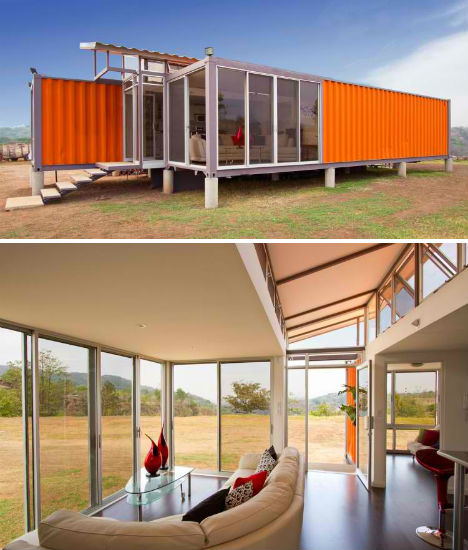
Some off the grid homes reside on small urban lots but most prefer rural locations in nature commutable to the city. Distance is your choice depending on how far away you wish to be. Rural lots and larger parcels of land offer more space, recreational options and development opportunity providing your own natural resources like wood, water, soil for growing and a place to compost. Today, off the grid homes are not the dark rustic shacks of the past, they can be intelligently designed, brightly lit, practical, space efficient and economical compared to buying an expensive big box copy cat dwelling on a small lot in the city.
You certainly no longer have to sacrifice creature comforts anymore. Now, we can take advantage of passive energies like solar power, wind turbine power and wood stoves. Most supplement their energy needs with wood and propane stoves because the sun isn't shining and the wind isn't blowing every day. New improvements in longer life solar batteries make this less necessary but it's always good to have a back up energy source in winter. Being off the grid, you will become a jack of all trades, a do it yourselfer who will better understand the benefits of electricity, conservation and consumption. You can still have internet and satellite services, too. I know mine is going to have a hot tub!
Here are some ideas and costs:
First you should seek and secure a piece of land. Micro homes can be built anywhere as long as construction follows city or county building codes. Regardless of home size, land sizes vary in price based on location. Tiny home builders may be automatically looking for small plots, but there are zoning laws that require a certain amount of land for people to live and build on legally. Sometimes there are rent to own or lease options. Review zoning laws to determine the subdivisions and restrictions in a potential area or if it is Ag Zoned. Search for a real estate professional who can aid in a tiny land or rural land search. There are agents who specialize in niche markets – tiny homes included.
Once you have somewhere to build, you can build in stages as you acquire materials and resources. Some people live in tents or campers on their property while they build over a summer for instance. From the start, you should be very invested in designing your home from top to bottom. Consider style, size, materials, space efficiency, convenience and technology. You may want a cabin, a stylish modern villa, a tiny eco-home, a sea can design or an earth ship that incorporates recycled materials like hay for insulation.Some have built a studio home based on a garage with loft design.A poured cement basement is not always necessary but makes a great cool place to store food especially if you plan to grow your own.
There are many cost effective and very affordable options for building your own custom eco-home. From a small off the grid cabin starting at $2,000 to a renovated air-stream land yacht for about $5,700, a recycled material built house for $12,000, or a straw bale house for about $20.000. A Do it Yourself two car vinyl sided garage package for a studio home or your dream man/woman cave will start you at about $5,000 - $10,000. Eco-designed pre-fab homes can start at $180 to $220 per square foot and shipping container homes up from $5,000 to $20,000. Choose based on how much you will live in it. Decide whether you source out recycled materials and then how much time, love and labor you wish to invest. Remember you will have to meet building codes in your city or county and will have to research that part.
Over a three month period, Simon Dale of Wales, U.K built a low impact hobbit home totally from recycled, local and natural materials like lime plaster for interior walls for under $5,000 US. He is proud of his family home made from local oak wood, stone and mud and grass covering retaining walls, and straw baling for insulation. Scrap wood was used for the flooring and fittings, a wood burner has been fitted to heat the house, and the fridge is cooled by underground air flow. A central skylight allows natural light to filter throughout the eco-house, and solar panels are used to generate electricity. Water is pumped from a nearby spring and the bathroom features a compost toilet, whilst rain water is collected from the roof for garden use.
Simon Dale's Hobbit House - United Kingdom
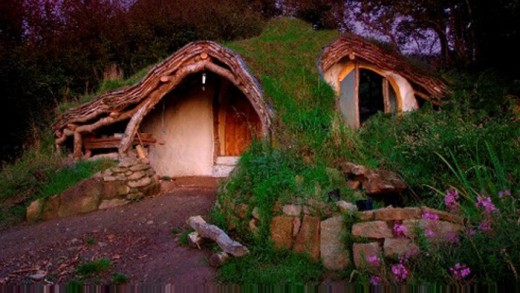
- Build Your Own Eco House Cheap: 10 DIY Inspirations - WebEcoist
An earthen house, an off-grid cabin, a renovated Airstream or a house made of reclaimed shipping containers.
Modern Solar Straw Bale House- Ontario
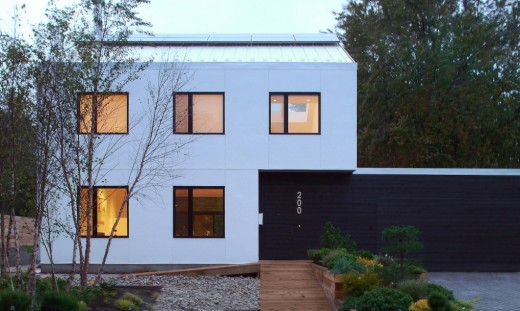
Evolution in the Way We Live
I will play devils advocate for a moment because off the grid living isn't for everybody. You must be willing to learn, adapt, do the work and regularly take care of your home. This involves understanding solar power, fixing it if need be and making some sacrifice in consumption to ensure you have sufficient energy for all your needs. The more time you invest in your home the less expensive it will be as you won't have to pay or wait for repairs or maintenance. You should be interested in it, mobile and physically able to do it. This also involves keeping propane tanks filled and chopping your own wood. You won't be spoiled rotten but you can be very comfortable.
This is life and things break or the sun doesn't shine for a week so you can't do your laundry or have all the appliances on till there is enough charge in your solar batteries, there will be inconveniences that you will have to solve. You will find other alternative options, however, like hang drying laundry, cooking over a wood or propane stove, bbqing and developing your solar panel array. The bonus is, however, most places in Canada offer frequent sunlight and wind especially on the prairies which makes using solar and wind power more practical and convenient.
Sustainable Green Energy and Technology
More time investment in researching design, energy saving devices and appliances including better insulating methods will improve your heating costs. If you want more power, invest more in additional solar photovoltaic panels for your array, a better inverter, an array sun tracker and longer life batteries. The best thing about solar is there are no moving parts to fix like in wind turbines, so there less maintenance. You can check with your weather service to learn average wind speeds in your area. If this is feasible, you may incorporate a wind power turbine to supplement your energy needs. Size matters on wind turbines, the more wind and larger the turbine the more power produced, so you will need to do some calculations. Small turbines provide enough power for a few small appliances and the large ones can possibly power your whole home.
How much does it cost? Solar, and other technologies such as wind power, are no longer more expensive than traditional fossil fuels in many parts of the world. Indeed, they are cheaper. International Renewable Energy has seen a significant cost reduction and predicts solar panels to reduce in price by 40% by 2017. Due to investments and falls in cost have reduced Chinese solar panels to $,0.50 cents per watt in 2014. That represents a fall of around 60 per cent in just three years. Deutsche Bank says total costs could fall another 30-40 per cent over the next several years, with the greatest cost reductions likely to come from the residential segments as scale and operating efficiencies improve.
Size your energy systems properly and be mindful of checking your batteries regularly, and you can say goodbye to increasing utility bills and frequent blackouts that accompany extreme weather events
Wind turbines cost roughly $3,000 to $9,000 for very small (<1-kW) off-grid turbines.The 10 kilowatt machine (the size needed to power a home) might have an installed cost of $30,000-$80,000 (or more). Installers recommend sites with average wind speeds of at least 12 mph, but specific land requirements vary. Check for subsidies, grants or tax incentives for alternative energies in your province.
This is a case example of energy consumption in a medium sized off the grid home with energy efficient appliances. Total daily energy consumption is 5,025 watt-hours, or about 5 kilowatt-hours. Compare this with the average U.S. home’s 30 kilowatt-hours per day. They have installed enough battery storage capacity to run the household for approximately three days if no sun or wind can power the systems.
Refrigerator: 1,000 watt-hours
Freezer: 1,000 watt-hours
Lights: 500 watt-hours
Washing machine: 1,000 watt-hours (4 loads per week)
Water pump: 250 watt-hours (1,000 watts for 1/4 hr)
Two laptops: 560 watt-hours (20 watts each for 14 hrs)
Satellite Internet dish: 280 watt-hours (20 watts for 14 hrs)
Radio: 105 watt-hours (15 watts for 7 hrs)
Television: 330 watt-hours (110 watts for 3 hrs)
Innovation and New Technology
Tesla publicly launched a new division called, Tesla Energy, and unveiled the Tesla Powerwall storage system for homes and businesses. It's a sci-fi looking 220-pound flat battery pack that hangs on a wall. It does three main things: First, it can store solar energy if you have solar panels; second, it can store energy from the grid off-peak when power is cheapest and releases it when you need it. For home use, there are two models. A 7kWh one for $3,000, and a 10kWh version for $3,500 and come with a 10 year warranty. Tesla has built a new gigafactory in Nevada run totally on this alternative energy to mass produce the product and will be delivering them in summer 2016.
In Conclusion:
So maybe you want to ditch the big mortgage or survive economic recession and climate change or simply reduce costs through sustainable living. There are so many options for designing and building your own custom ecological green home. It all comes down to your ethics and ultimately your happiness. Some pursue bigger, better, faster and the all mighty buck which over time- takes its toll. More are 'opting out' and seeking alternatives and a less stress life. You can free yourself from mortgages, debt, utility bills, payments and dependency. It is perfectly legal for you to have a different dream. Got one?
Sources:
Mother Nature News, Lessons for Living Off the Grid. http://www.motherearthnews.com/renewable-energy/energy/efficiency/off-grid-living-lessons-zm0z14onzkon.aspx
The Tyee, Ten things Learned Living Off the Grid in Canada: http://thetyee.ca/Culture/2014/12/29/Off-Grid-In-Canada/
Wind, Energy Foundation: http://windenergyfoundation.org/wind-at-work/wind-consumers/wind-power-your-home/
New Tesla Giga Factory- Nevada
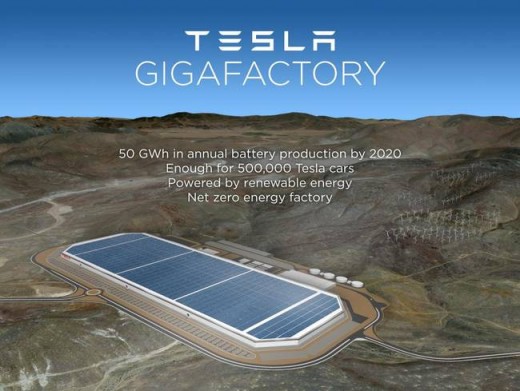
- Tesla's $5bn Gigafactory looks even cooler than expected, will create 22,000 jobs : TreeHugg
More details are known about this giga-green-project!

